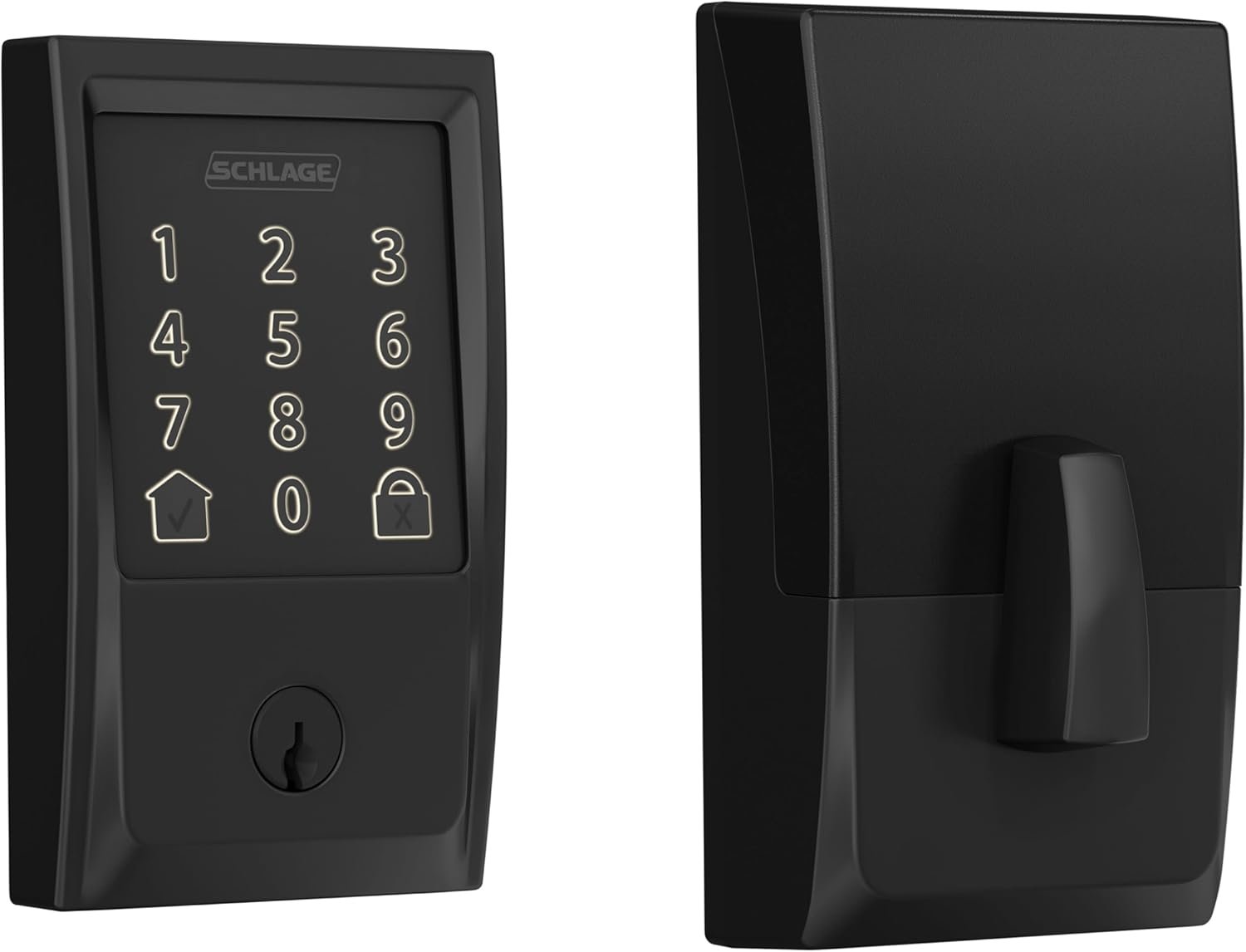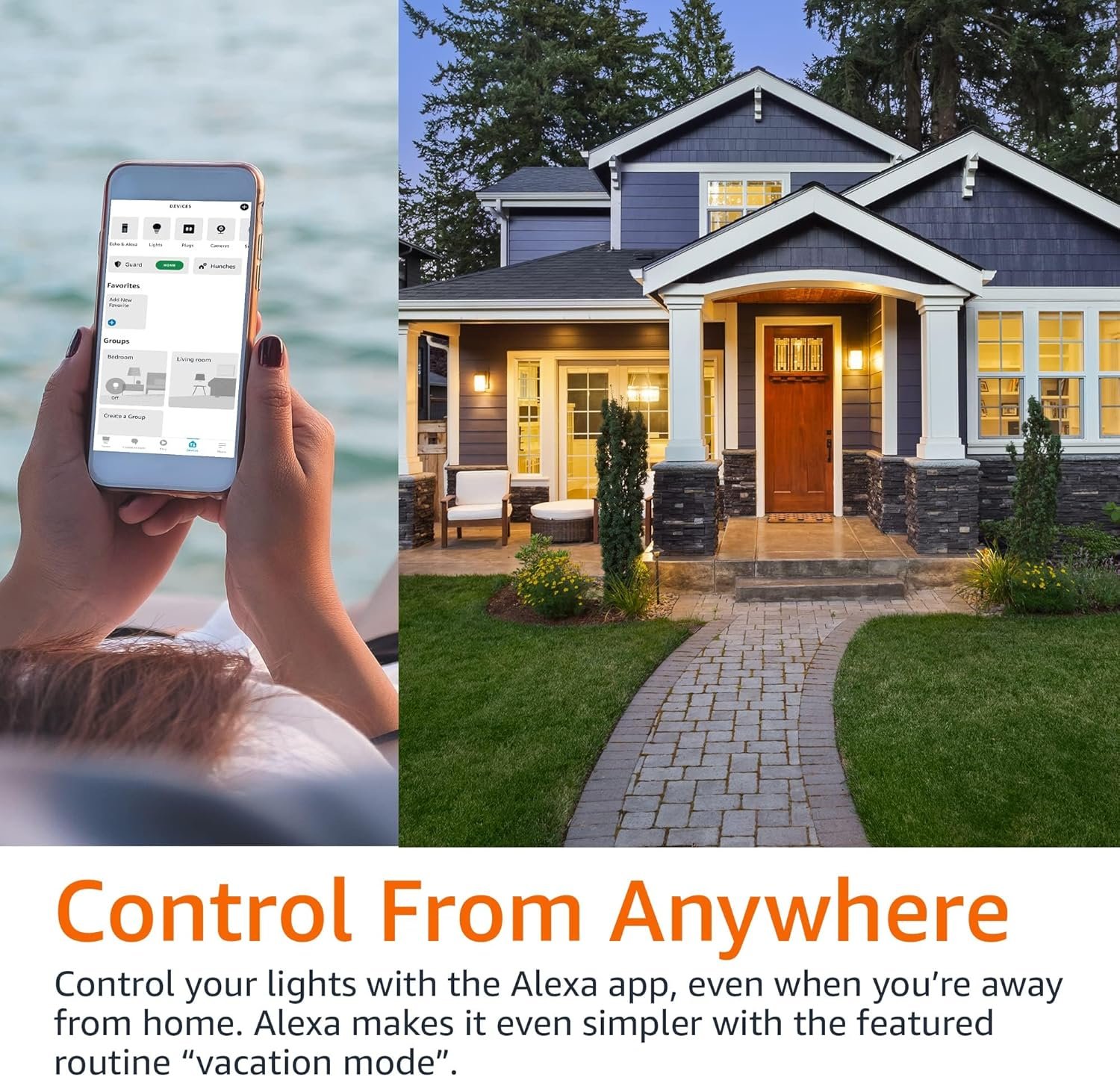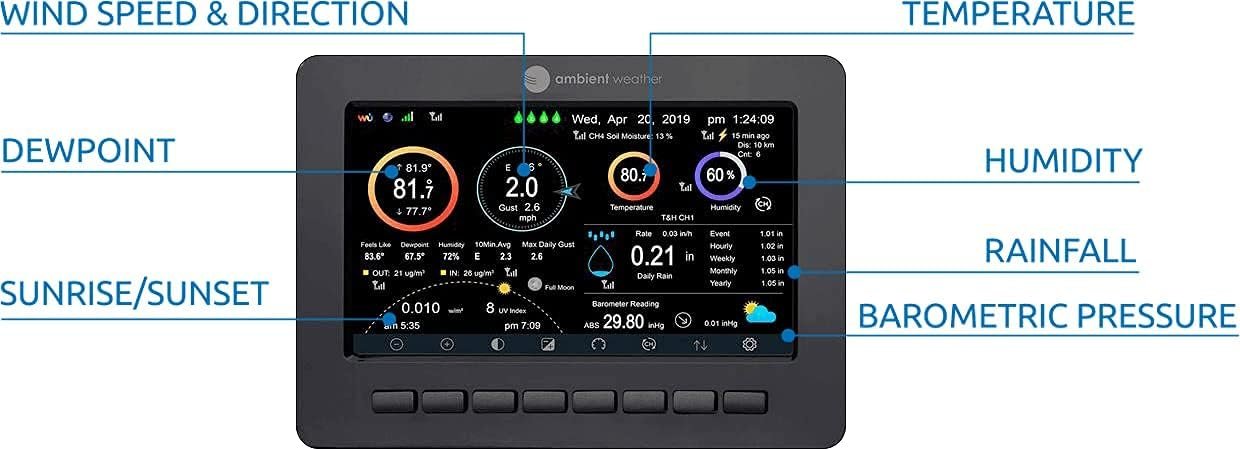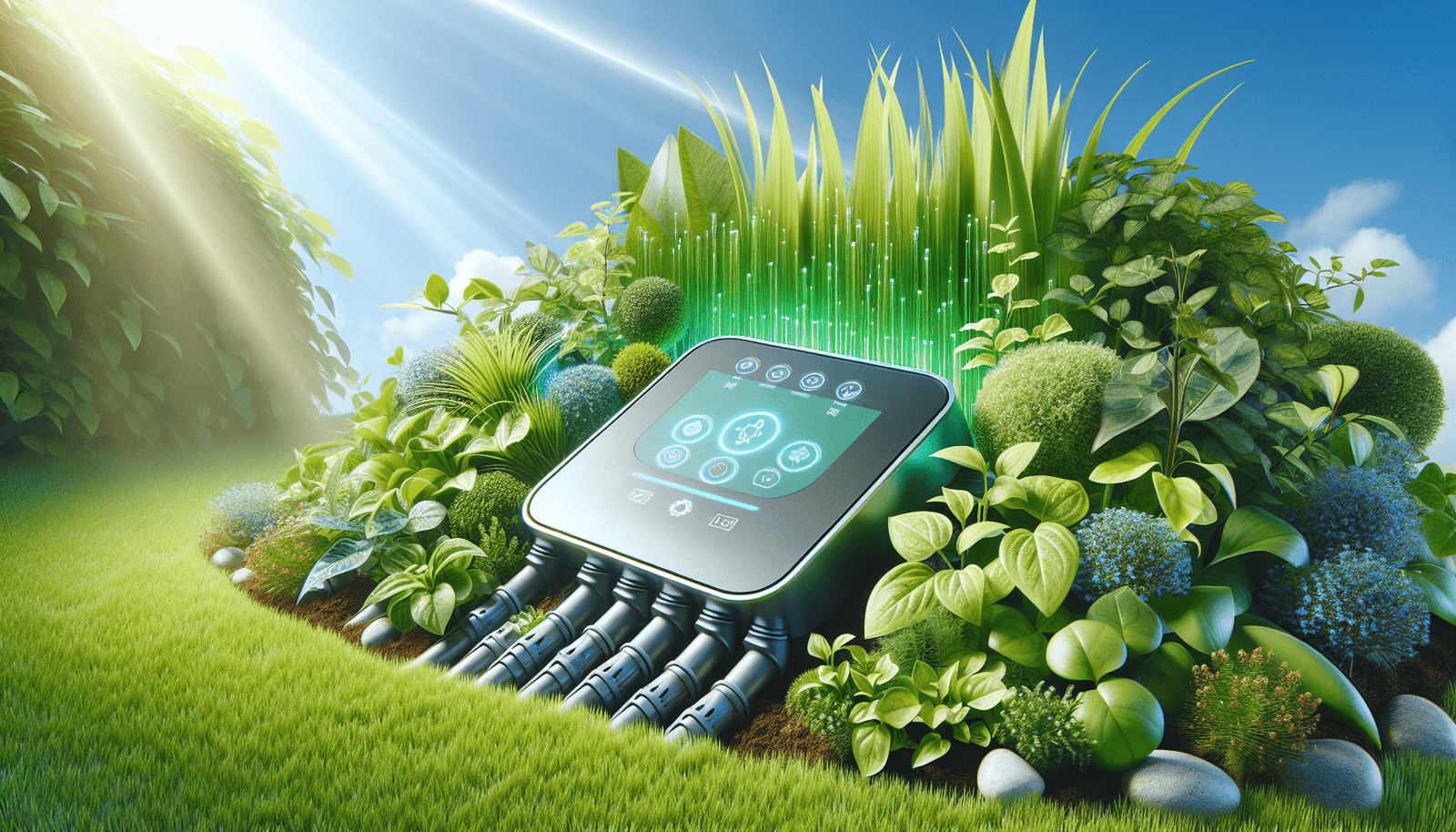Have you ever wondered how you can make your living environment not only more efficient but also significantly more enjoyable through technology? With smart home automation routines, you’re at the frontier of transforming your everyday living space into a sophisticated, convenient, and energy-efficient haven. Let’s take a deep dive into the world of smart home technology and discover how it can elevate your lifestyle.
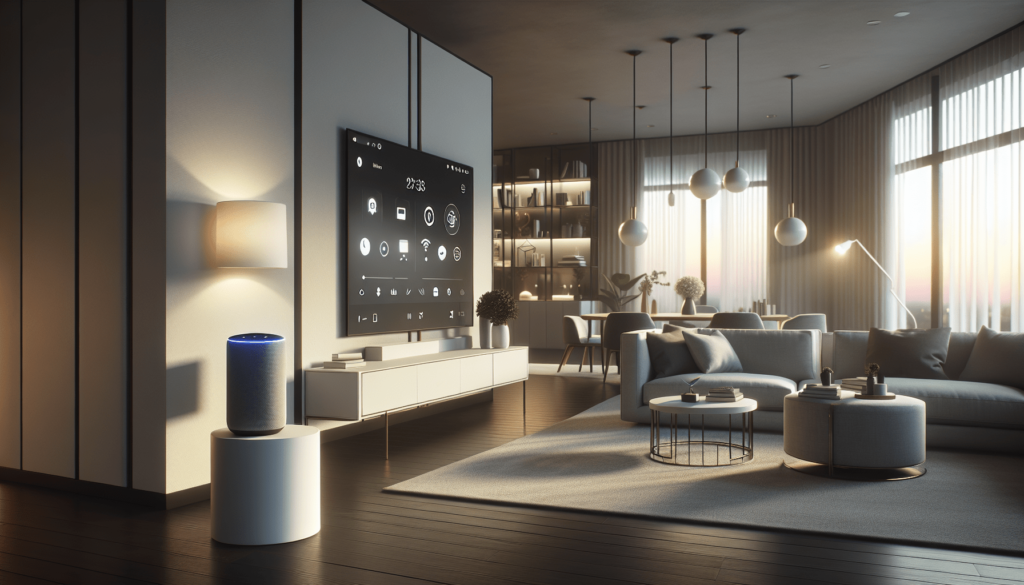
Understanding Smart Home Automation
What is Smart Home Automation?
Smart home automation refers to the use of Internet-connected devices to monitor and manage household systems, such as lighting, heating, cooling, security, and more. These smart devices are designed to provide you with enhanced control over your home environment, which can be accessed remotely through a smartphone, tablet, or voice-activated devices.
The Benefits You Can Expect
Smart home technology offers a plethora of advantages. Not only does it enhance the comfort and convenience of your living space, but it also promotes energy efficiency and improves security. With the ability to automate your daily routines, you can save time and effort while reducing energy consumption and costs.
Cost and Value Considerations
Upfront Costs vs. Long-term Savings
Similar to any home upgrade, integrating smart home technology involves an initial investment. While some devices might seem costly upfront, consider the long-term savings they can offer. For instance, smart thermostats and energy-efficient lighting systems can reduce your utility bills significantly over time, thereby offering a compelling return on investment.
| Device Type | Average Upfront Cost | Potential Savings Over 5 Years |
|---|---|---|
| Smart Thermostat | $100 – $250 | $500 – $900 |
| Smart Lighting | $20 – $100 per bulb | $300 – $600 |
| Smart Security | $200 – $1,000 | Increased home value & insurance rebates |
Evaluating the Value Addition
Besides direct monetary savings, consider the added value to your home’s marketability. Smart homes often appeal to tech-minded buyers and can potentially increase property value. Whether you’re a homeowner or real estate investor, this is a factor worth considering.
Practical Setup Guides
Getting Started with Smart Devices
When embarking on your smart home journey, start small. Focus on one element of your home, such as lighting or temperature control, and gradually expand your system as you grow more comfortable with the technology.
Step-by-step Guide to Setting Up a Smart Home
-
Decide on Your Hub: Many smart home systems revolve around a central hub, which acts as the brain of your operations. Common choices include Amazon Echo, Google Home, or a dedicated smart home hub like Samsung SmartThings.
-
Select Your Devices: Based on your home’s needs and your personal priorities, choose devices to complement your routine. For beginners, smart bulbs, plugs, and thermostats are excellent starting points.
-
Install and Connect: Follow manufacturer instructions for each device to connect it to your hub or app. Ensure all devices are within Wi-Fi range for seamless connectivity.
-
Automate Routines: Configure your devices to perform routine tasks. For example, set your lights to switch off automatically when you leave the house, or program your thermostat to adjust the temperature for different times of the day.
-
Monitor and Optimize: Use data and insights gathered from device usage to fine-tune your settings and routines for greater efficiency and convenience.
Security and Privacy Factors
Addressing Security Concerns
Security and privacy are critical concerns in smart home ecosystems. As you incorporate these technologies, safeguard your data and home by using strong, unique passwords and enabling two-factor authentication where possible. Regularly update your device software to protect against vulnerabilities.
Best Practices for Maintaining Privacy
- Network Segmentation: Create a separate Wi-Fi network for your smart home devices to prevent unauthorized access.
- Data Monitoring: Review the data collection policies of your devices and opt out of unnecessary data sharing.
- Device Management: Routinely check connected devices for any abnormalities in operation or access permissions.

Energy Efficiency and Sustainability
How Smart Devices Contribute
Automation and integration lead to more intelligent energy usage. Smart thermostats, for example, learn your heating and cooling preferences and adjust themselves accordingly, reducing wasted energy. Likewise, smart lighting systems can dim or turn off automatically when not needed, contributing to lower electricity consumption and utility costs.
Steps Towards Greater Sustainability
By prioritizing energy-efficient smart devices, you can significantly lower your carbon footprint while enjoying the enhanced convenience of modern technology.
Real-World Impact
| Smart Device | Energy Efficiency Benefit |
|---|---|
| Smart Thermostat | Automatically adjusts based on user habits reducing energy use |
| Smart Lights | Dimming and scheduling options conserve energy |
| Smart Plugs | Cuts off power to idle devices, preventing phantom loads |
Compatibility and Connectivity
Ensuring Device Compatibility
Before investing, it’s important to verify that your chosen smart devices are compatible with your existing systems and platforms. Devices often work with specified hubs or digital assistants, so ensure cross-compatibility to avoid connectivity issues.
Understanding Integration Limits
While most modern smart devices aim for broad compatibility, some features can be limited by the specific ecosystem they are part of. Consider your preferences carefully, whether leaning towards Google Assistant, Amazon Alexa, or Apple HomeKit, as each platform offers unique advantages and limitations.
Future-Proofing and Innovation
Staying Ahead with Emerging Technology
The pace of innovation in smart home technology is rapid, with continuous improvements and new products emerging regularly. Stay informed by following tech reviews, forums, and manufacturer updates to ensure that your smart home remains cutting-edge and efficient.
Innovations on the Horizon
Expect advancements such as enhanced AI-driven automation, more integrated security systems, and increasingly sustainable smart devices. The trajectory of smart home technology is set toward creating even more personalized and efficient living environments.
Conclusion: Embracing the Smart Home Journey
Embarking on the journey of smart home automation can be exciting and rewarding. By understanding the devices and strategies that work best for you, you’re on your way to creating an environment that is both efficient and enjoyable. With careful planning, considerations for security, and the anticipation of future innovations, your smart home can evolve with technology and adapt to your needs, offering a future-ready home today.

